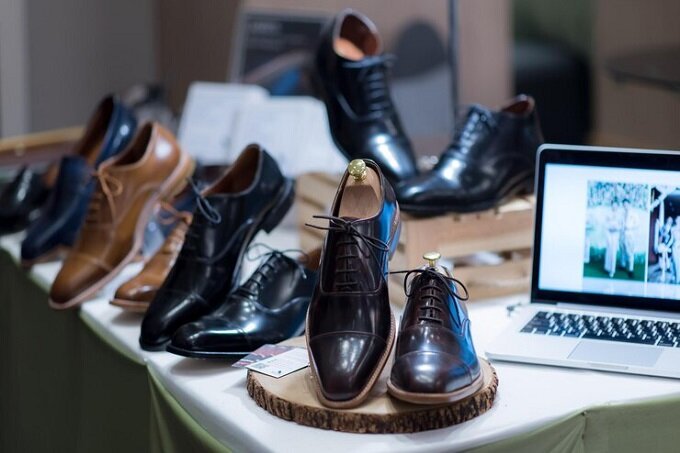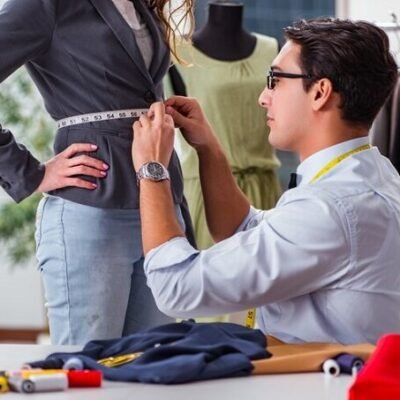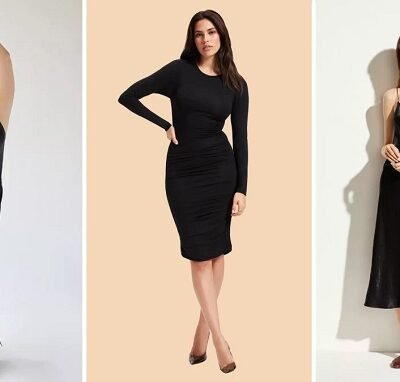
Benefits of Investing in Quality Footwear
Your feet carry you through life, taking thousands of steps each day. But how much thought do you give to the shoes you put on those hardworking feet? The truth is that investing in quality footwear can make all the difference when it comes to your health, comfort and personal style.
In this article, we’ll explore the numerous benefits of investing in high-quality shoes and provide tips on how to choose the right pair for your unique needs. By the end, you’ll understand why spending a bit more on a quality pair of shoes is a wise decision that will pay off in the long run.
Key Takeaways
- Quality footwear provides superior durability, comfort, support and style compared to cheaper shoes
- Investing in the right shoes can prevent foot problems, reduce pain and improve overall health
- Choosing high-quality, versatile shoes saves money in the long run as they need to be replaced less often
- Key factors to consider when shoe shopping include foot type, shoe construction, materials, comfort and fit
The Benefits of Investing in Quality Footwear
1. Durability and Longevity
One of the primary benefits of investing in quality footwear is that they are built to last. High-quality shoes are made with durable materials and expert craftsmanship to withstand daily wear and tear. While you may pay more upfront, quality shoes provide better value for money in the long run.
In contrast, cheap shoes are often poorly constructed with lower quality materials. As a result, they break down faster and need to be replaced more frequently. Over time, continuously buying replacement shoes adds up to more than you would have spent on one quality pair.
The numbers speak for themselves. Let’s say you buy a cheap pair of shoes for $40 that lasts 6 months vs. investing in a $120 pair of high-quality shoes that lasts 2 years. Over that 2 year period, you’d end up spending $160 on 4 pairs of the cheap shoes compared to $120 on a single quality pair – a savings of $40 overall. Investing in a high-quality pair of shoes or boots is a decision that will save you money in the long term.
2. Comfort and Support
Another key benefit of quality footwear is the superior comfort and support they provide. High-quality shoes are designed with cushioned insoles, supportive footbeds, and other features to keep your feet comfortable throughout long days of standing and walking.
Proper arch support is especially important as it helps distribute weight evenly and maintain proper alignment of the feet, ankles and legs. This can reduce the risk of developing painful conditions like plantar fasciitis. Shoes that provide adequate support and cushioning can also help prevent and alleviate general foot pain and fatigue.
Additionally, investing in shoes with good support is beneficial for your whole body, not just your feet. Wearing supportive, properly-aligned footwear can reduce strain on your ankles, knees, hips and back – minimizing pain and helping to prevent misalignment injuries in those areas.
3. Style and Versatility
Quality shoes aren’t just practical – they’re stylish too! High-end footwear brands put thought and expertise into designing shoes that are fashionable and versatile. Quality leather shoes or boots in classic styles can be dressed up or down to suit various occasions, making them a smart investment for your wardrobe.
A sleek leather oxford can take you from the boardroom to dinner downtown, while a well-made Chelsea boot pairs equally well with a suit or jeans. Having a few quality, adaptable shoe options in your closet gives you the flexibility to mix and match with different outfits to create polished looks for any event.
Well-crafted shoes in timeless silhouettes are always in style year after year, making them a reliable wardrobe staple. Investing in a quality pair of shoes that never goes out of fashion ensures you’ll always have a go-to option to complete your look, no matter the current trends.
4. Health Benefits
Wearing unsupportive or ill-fitting shoes doesn’t just cause sore feet – it can lead to a host of other health problems over time. Cheap shoes that lack cushioning and support can throw off your alignment and strain the delicate bones and tendons in your feet, leading to issues like bunions, corns, hammertoes and heel spurs.
Foot problems can cause a chain reaction throughout your whole body if left untreated. Improper alignment originating from the feet can travel upwards, misaligning the ankles, knees, hips and spine. This can result in pain and dysfunction in any of those areas, as well as poor overall posture.
Investing in quality footwear designed with your foot type and needs in mind can prevent many of these issues from developing in the first place. Shoes with good arch support, a wide toe box, cushioning, and a stable heel counter provide a healthy environment for your feet to support your body correctly and comfortably.
If you already suffer from a foot condition like plantar fasciitis, bunions, or fallen arches, wearing supportive shoes consistently becomes even more crucial. Spending a little extra on specialty footwear now can spare you a lot of pain and potential medical bills for chronic foot problems down the road.
5. Breathability and Moisture Management
High-quality shoes are carefully designed for proper ventilation to let feet breathe and stay dry. Quality materials like real leather, suede and canvas naturally allow airflow and wick away moisture to keep your feet cool and comfortable, even when you’re active.
In contrast, many cheap shoes are made with synthetic materials that trap heat and sweat against your skin. Damp, hot conditions inside poorly ventilated shoes create a breeding ground for odor-causing bacteria and fungus. This can lead to issues like foot odor, athlete’s foot and toenail fungus infections.
Shoes made with breathable, moisture-wicking materials prevent the swampy conditions that cause these problems. Some high-quality shoes even have built-in antimicrobial properties to provide extra protection against bacteria and fungus growth. Investing in a pair of shoes that promotes airflow and keeps feet dry is an easy way to prevent annoying and embarrassing foot odor and infections.
How to Choose the Right Footwear for Your Needs
1. Consider Your Foot Type and Needs
Everyone’s feet are unique, so it’s important to choose shoes that work with your individual foot type and needs. Some common foot types include:
| Foot Type | Characteristics | Best Shoe Features |
|---|---|---|
| Flat Feet/Low Arches | Arches that roll inward or pronate | Motion control, firm midsoles, straight last |
| High Arches | Very high arches that don’t flatten when bearing weight | Soft midsoles, curved last, extra cushioning |
| Neutral Arches | Arches that naturally align with ankles and legs | Stability shoes with moderate support |
If you’re not sure of your foot type, visit a specialty running store to have your gait analyzed or consult with a podiatrist. They can recommend the best shoe features for your unique feet.
For those with specific foot problems like bunions, plantar fasciitis or hammertoes, it’s especially important to choose shoes that accommodate your condition. Look for styles with a wide toe box, good arch support, cushioning, and a low heel-to-toe drop. Consult with a podiatrist if needed to find the best shoes for your individual foot health needs.
2. Look for Quality Materials and Construction
Not all shoes are created equal when it comes to quality. Here are some hallmarks of well-made footwear to look for:
- Uppers made with quality real leather, suede, or woven textiles instead of synthetic materials
- Sturdy, water-resistant leather or rubber outsoles
- Soles that are stitched rather than glued to the upper
- Tight, uniform stitching with no loose threads
- Consistent shape that matches from shoe to shoe
- Reinforced stress points like toe boxes and heels
- Smooth, even lining and insole with no wrinkles or lumps
In general, shoes from established, reputable brands are crafted with more care and better materials than cheap fast fashion footwear. Though the price point is higher, the superior quality is worth the investment.
3. Prioritize Comfort and Fit
Even the most stylish, well-made shoes won’t do you any good if they don’t fit properly. Always have both feet measured when shoe shopping and choose the size that fits your larger foot. When trying on shoes, look for styles that provide a snug fit in the heel and midfoot while leaving enough space in the toe box to wiggle your toes.
Walk around the store in both shoes to get a feel for the fit and comfort before buying. Note any areas of rubbing or pressure. Don’t expect shoes to stretch out much, so make sure they’re comfortable from the start. Shoes should feel supportive and cushioned without being too tight or constricting.
If you’re prone to foot swelling or plan to wear thick socks with your shoes, go up a half size to accommodate the extra space needed. Consider trying on shoes at the end of the day when your feet are most swollen to ensure a comfortable fit.
Conclusion
As you can see, investing in quality footwear provides a wealth of benefits for your health, comfort and personal style. While high-quality shoes may cost more initially, the superior durability, support, and versatility they offer make them a wise investment that saves money in the long run.
By choosing the right shoes for your unique foot type and needs, you can prevent pain and injuries, improve your overall alignment, and keep your feet healthy and comfortable for years to come. So next time you’re due for a new pair of kicks, consider spending a little more on a quality pair – your feet will thank you!






